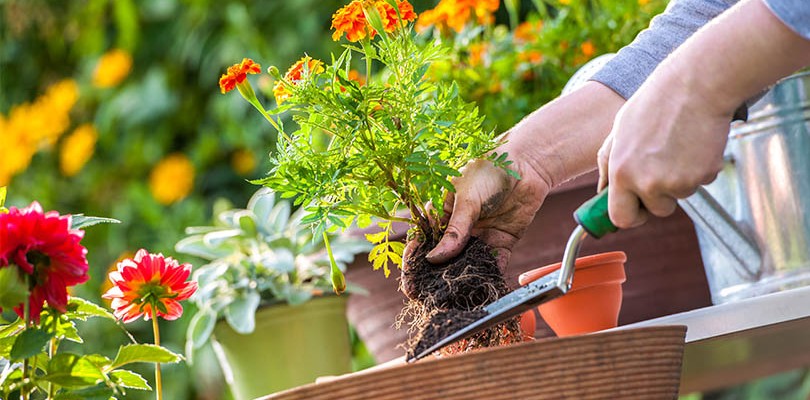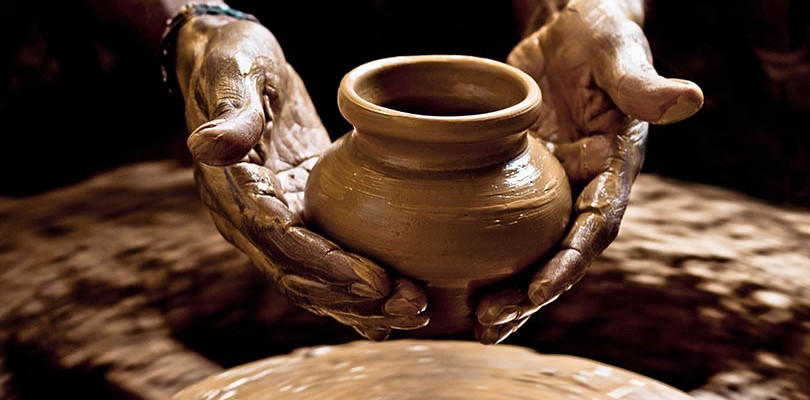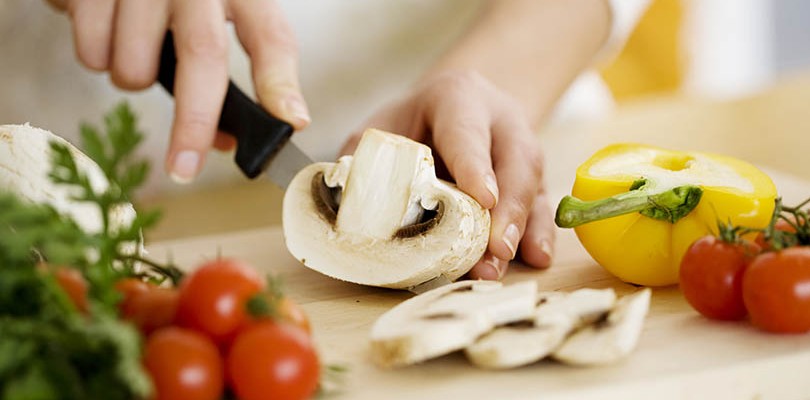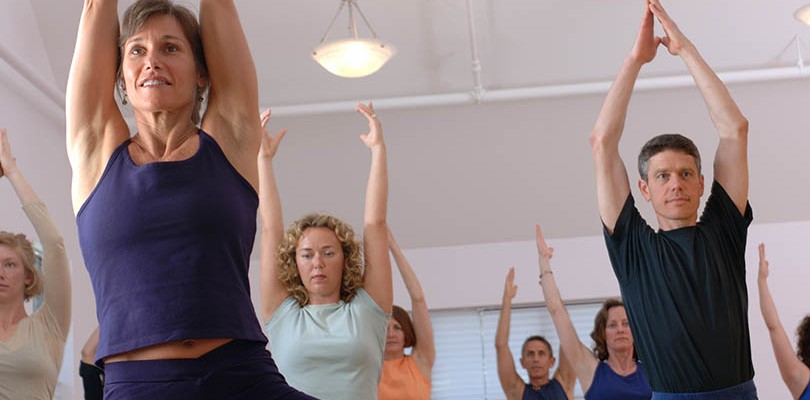Arthritis Friendly Hobbies
An arthritis diagnosis tends to bring a list of limitations along with it, and that can mean some disappointing changes to your daily routine. For one, many people find they can no longer enjoy their favorite activities without significant pain, and in turn, their personal identity begins to suffer. But there’s no reason to let your arthritis rule your free time! Consider these activities that not only respect your limits but may even help improve your joint function and reduce your arthritis symptoms. Let's take a look at arthritis friendly hobbies that provide fun, distraction and physical therapy in a customizable package.
1. Photography
Build your eye for composition and your talent for capturing the moment with some casual photography. All you need is a camera – it doesn’t need to be anything fancy – and a bit of curiosity and patience. Go for walks at different times of the day to catch your surroundings in a different light while you exercise your joints, and use your photography as an excuse to visit new places. If you’re not up for a long, leisurely walk, you can always drive (or have someone drive you) to a few different spots where you can snap some interesting photos.

Photo Credit: Volt Collection / Shutterstock.com
2. Dancing
Dance is a perfect mix of fun, exercise and socializing. A salsa class may be a bit much for your aching joints, but ballroom dancing, line dancing or another gentle style with catchy tunes can tune up your muscles while you shake off your anxiety.
If you’re worried about going alone to a class, recruit a friend or two to join you, and keep your expectations low – this isn’t a competition. Dance therapy is an accepted form of treatment for several conditions, and you will get the most from your sessions when you don’t overthink the movements or your level of expertise.

Photo Credit: Alexander Raths / Shutterstock.com
3. Gardening
While gardening can involve quite a bit of straining and pressing, it doesn’t have to – gardening with arthritis simply requires a few adjustments.
If you aren’t able to spend hours on end down in the dirt, bring the dirt to you: raised beds and containers are perfectly good for growing anything from flowers to fruit, and they will reduce bending, hunching and stooping. Opt for tools with large, soft handles to keep your hands happy.
Finally, don’t make things too hard on yourself by taking on an array of high-maintenance plants that call for attention to detail and periodic repotting. Instead, think perennial country gardens, easy veggies like zucchini and cherry tomatoes, and simple but bountiful flower varieties – the better the return, the more likely you’ll continue to enjoy your time in the garden.

Photo Credit: Amith Nag / Shutterstock.com
4. Sculpting
Kneading, rolling and molding a pliable material will tap into your creativity while it exercises and strengthens the joints in your hands. A lump of clay can do the trick, or if you prefer a bit of structure and constraint, sign up for a pottery class: working with a pottery wheel takes some of the work out of the sculpting, and the process can be quite meditative.
Salt dough is a cheap and simple alternative for sculpting at home – essentially a mixture of flour, salt and water, you can throw it together in no time if you feel like making an ornament or two and giving your fingers a gentle workout.

Photo Credit: Liv friis-larsen / Shutterstock.com
5. Cooking
Spending more time in the kitchen can be a big boost for your mind and body, and with the right tools, a pain-free activity. The first step is to either replace your existing utensils with more ergonomic designs or else buy some spongy rubber covers to fit over the handles – this will save your finger and wrist joints.
If you want to get serious, invest in a few super helpful tools: a stand mixer, food processor and mandolin slicer will take the work out of chopping and mixing. Make your kitchen your studio, trying different recipes each week and branching out with new techniques when time allows. The best part is, that as you get more proficient and creative, your whole household can enjoy the fruits of your labor.

Photo Credit: Pete Saloutos / Shutterstock.com
6. Yoga
Obviously meditative and surprisingly strengthening, yoga is one of the best workouts for arthritis sufferers and could become your new favorite hobby. It helps eradicate anxiety and chronic stress (two by-products of arthritis), and can build important muscles around the joints for better stability.
One of the biggest advantages of yoga is flexibility: you can modify postures in several ways to ease pressure or accommodate less range of motion, and the variations in classes keep it fun and interesting. There are many different types of yoga practices, but Hatha or Iyengar classes are good places to begin.

Photo Credit: ArtMari / Shutterstock.com
7. Watercolor Painting
Like other art forms, painting is both soothing and inspiring, especially when you incorporate lots of colors and free-flowing techniques. However, painting with thick oils or fast-drying acrylics may strain your hands (and patience) more than you like; instead, give watercolors a try for a more forgiving experience.
Since the pigment is diluted, watercolors move very easily across the paper and won’t demand too much from your joints, plus they dry quickly and tend to create pleasingly ethereal images – even if you have no drawing or painting experience. A starter set of paints, paper and brushes won’t cost you very much at all.

Photo Credit: Yulia Grigoryeva / Shutterstock.com
8. Writing
You don’t have to produce a bestselling novel to feel the creative rush, self-confidence and fulfillment that comes with writing, and there’s no better time to start than now. Whether you scribble in a journal or take to the computer to try your hand at a story or blog, jotting down your thoughts is an excellent way to relieve stress while you explore your inner voice.
Use your arthritis challenges as inspiration and motivation to grow your thoughts and share your insights – you may just surprise yourself with your clarity and talent.
Read more about adapting your hobbies to be arthritis-friendly and avoiding cabin fever over at NewLifeOutlook.






